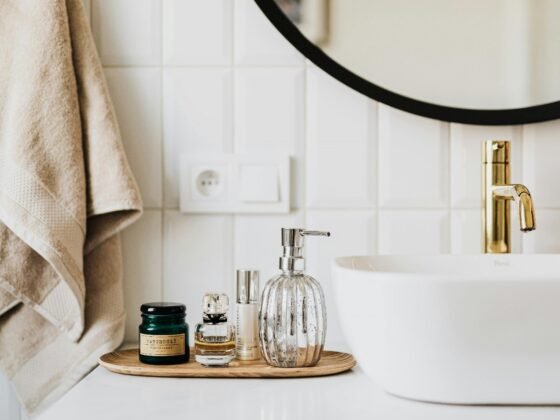Table of Contents Show
The pelvic floor in humans is a composite of connective tissue structures and muscles that help in supporting and stabilizing the pelvic organs. You should take care of pelvic organs like the urethra, bladder, uterus, bowel, and vagina.

The pelvic floor facilitates the proper functioning of the pelvic organs. It ensures that the pelvic organs are performing normal sexual functions. The pelvic floor helps store and empty feces and urine.
According to HuffPost, often our behaviors and habits associated with toileting could culminate in pelvic floor dysfunctions, like fecal or urinary incontinence, pelvic pain, and pelvic organ prolapse, decreased coordination of muscles present in the pelvic floor, decreased endurance, and muscular strength.
Who Are Affected By The Pelvic Floor Disorders?
Women are affected more as compared to men by some pelvic floor disorders. The pelvic floor is damaged when a vaginal birth occurs. Hence, pregnancy and even vaginal birth could be the most significant risk factors.
The pressure exerted within the pelvis and abdomen due to chronic constipation, chronic straining while heavy lifting or chronic cough could contribute to these issues.
Moreover, age seems an additional risk factor because many people experience tissue atrophy with advancing age.
Does Your Sedentary Lifestyle Adversely Impact The Pelvic Floor?
Prolonged sitting, particularly in a wrong posture, could negatively impact the pelvic floor. For instance, the pelvic floor may become weak if you keep sitting in a slouched posture or a relaxed position.
Moreover, prolonged sitting in a strained posture may lead to tightness and muscle contraction and trigger lower back pain or pelvic pain. Prolonged sitting could weaken or damage nerves that could result in painful disorders. You may visit proactiveph.com to seek immediate medical intervention.
Some Toileting Habits or Mistakes
Mistake: Delaying & Stretching It Far Too Long
Life can be too hectic. There are times when you realize that you urgently need to go to the bathroom because you haven’t gone to the bathroom in hours.
If you use the delaying tactics frequently, your bladder will start stretching out more and more to hold more amounts of urine. It could trigger pelvic dysfunction. Be conscious about not delaying a visit to the toilet. Normally, it is a good idea to empty your bladder every two to a maximum of four hours.
Mistake: Not Sitting Down Properly on the Seat
Stop hovering over the pan while emptying your bladder. Nobody likes to use public restrooms. Many of you avoid using the seat and instead hover over the pan. It may seem logical under the circumstances, but it is not the ideal posture and may damage your pelvic floor.
Squatting or hovering over the pan is a bad practice. It is essential to relax your pelvic floor while defecating or urinating. By squatting, you do not allow adequate pelvic muscle relaxation that may trigger a host of pelvic issues, including incontinence, infections, prolapse, urgency, etc.
Mistake: Not Waiting for Emptying Full Bladder
You should consider allowing adequate time for emptying the full bladder. Relax and take your time to empty the entire bladder. Do not be in a hurry. Do not leave before you are fully done or else, it could lead to multiple issues, including incontinence, urgency, infection, etc.
Mistake: Indulging in Preventive Voiding
Going to empty your bladder before you get the real urge, could be an unhealthy practice. ‘Just in case’ measures to void the bladder before heading out on a hike or a road trip could lead to many pelvic floor issues. Your bladder will start getting used to holding very little urine.
Conclusion
Avoid the toileting mistakes discussed above to steer clear of pelvic floor dysfunctions. You should lead an active life and opt for pelvic physiotherapy if your doctor recommends it.









